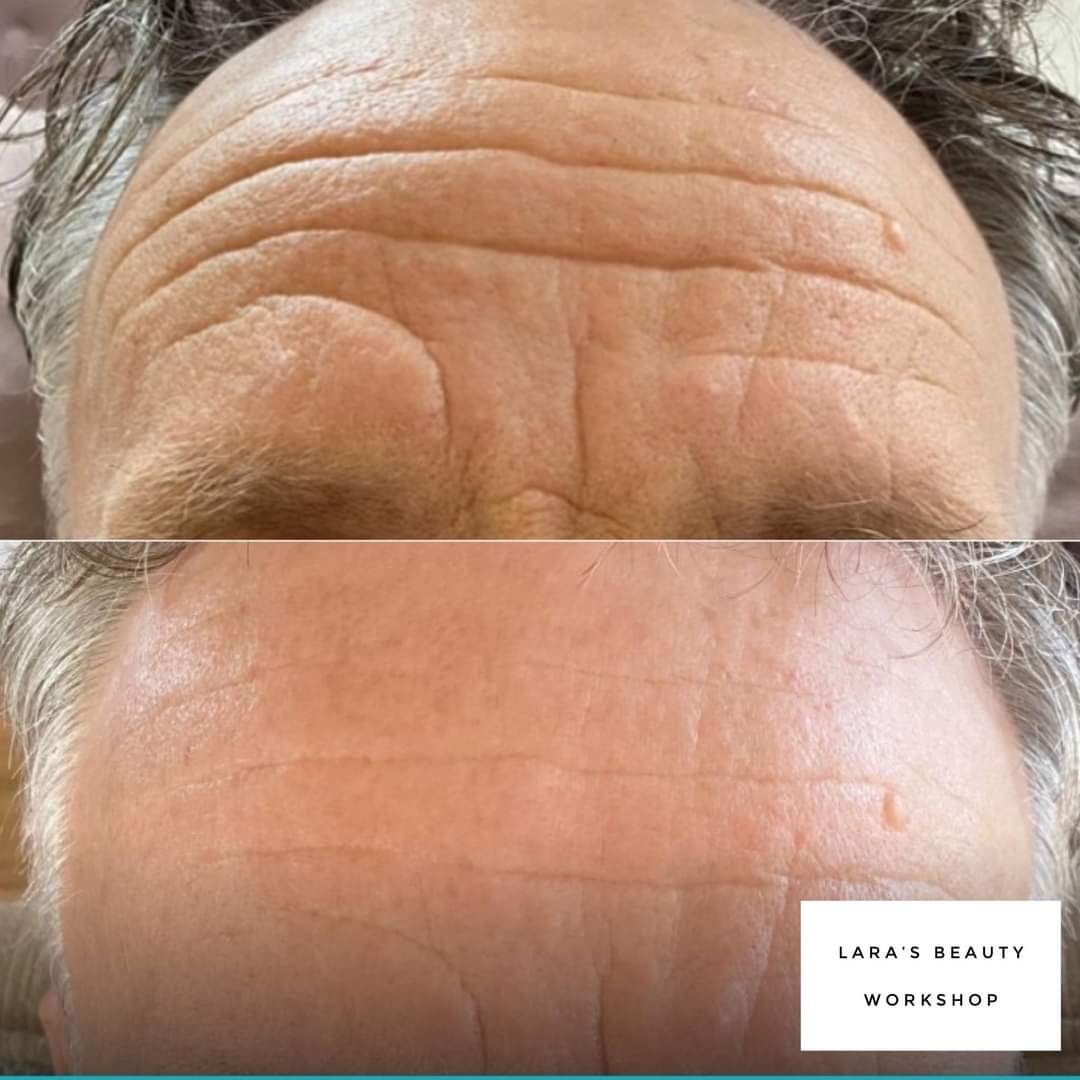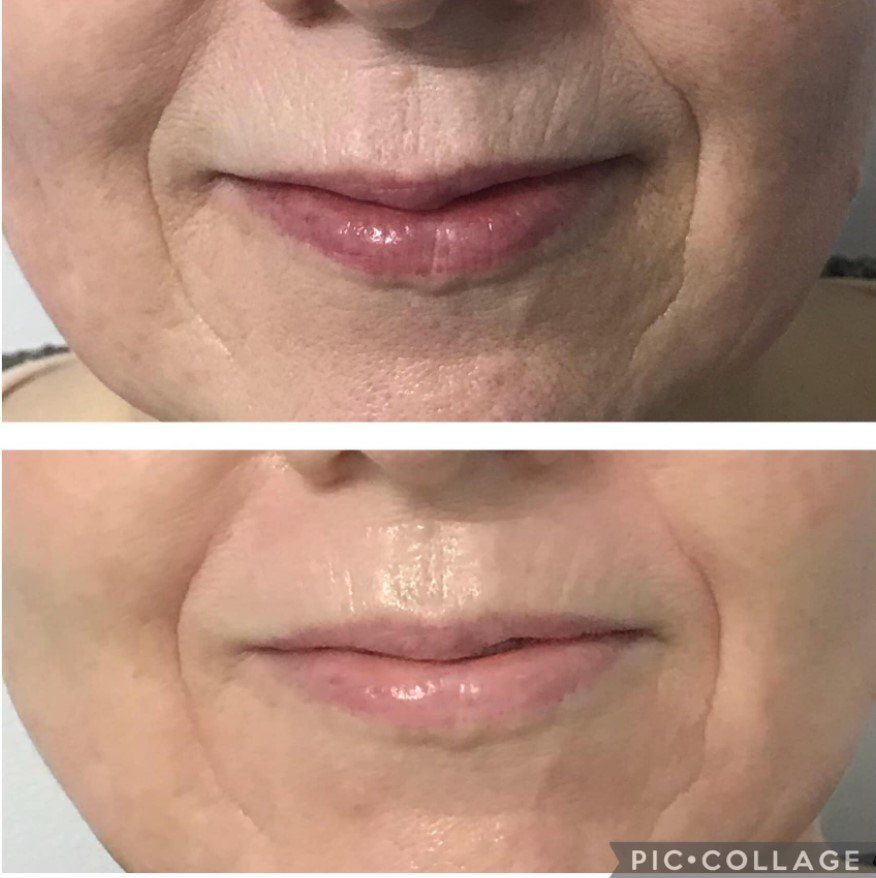Advanced Medical / Micro Needling
“Andrew is knowledgeable and willing to transfer his knowledge to an industry that needs transformation. He speaks in a language that can be understood by all and can take our industry into a new level of knowledge. He is taking our industry into an era where ignorance will no longer be an option”
Catherine Whelan
What is Medical / Micro Needling?
The technique of Micro Needling as a minimally invasive procedure started to be recognized in the early 90’s
Initially the treatments were for depressed subcutaneous scars or subcision as it is now known today
Needling has become one of the most popular treatments within the industry with many studies and papers to back this up
There is however, some confusion over the numerous types of equipment and protocols being taught
This course will give you a clear clinical explanation of the treatment as well as the histological effects it has on the skin
We are completely non-branded, so the training is about the treatment, not the device
Though advice will be given
Medical Skin Needling is aimed at stimulating the body’s own collagen production to reduce the appearance of:
- Fine lines and wrinkles
- Stretch marks
- Skin laxity
- Pigmentation
- Scarring
Skin needling, micro-needling or collagen induction therapy is a non-invasive, non-surgical and non-ablative procedure for face and body rejuvenation
This involves the use of a needling pen or rollering device to create a controlled skin injury, which starts the wound healing response, which in turn creates collagen and elastin
It can also be used as a method of implantation of topical products to aid in the treatment effectiveness, especially when it comes to hair, pigmentation and acne
This course teaches you an in-depth knowledge of the skin and its functions in relation to needling and the histological evidence
This is a must have treatment for any clinic.
Course Structure
Day 1
- History of Micro Needling
- Needling devices
- What is micro needling used for?
- The anatomy and physiology of the skin
- Cellular histology
- Skin physiology
- Treatment targets
- Anti Aging (Collagen induction)
- Acne
- Hyper and hypo pigmentation
- Scarring
- Stretch Marks
- Hair restoration
- Not all devices are created equal
- Implantation of topical products
- Visual treatment responses
- Collagen maturation
- Wound healing response
- Growth factors
- Patient concerns and contra indications
- Treatment recovery time
- Treatment protocols and procedures
- Equipment used in Needling
- Application techniques and procedures
- Practical
- Lunch
- Practical continued
- Overview of the coursework required
- Questions and answers
Frequently asked Questions



All images are given with grateful thanks from previous participants of our courses

